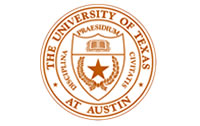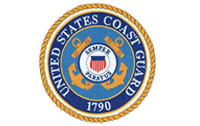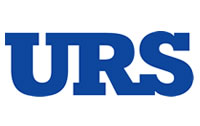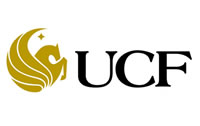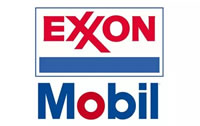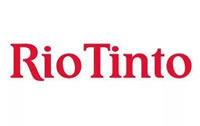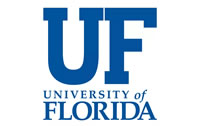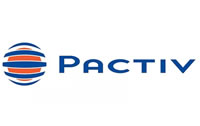Business decisions and the workplace have many of the same characteristics of a fluid reacting to its environment. The engineering definition of a fluid is a substance, a liquid or a gas, that continually deforms or flows under an applied shear stress. What it basically means is that a fluid will conform to the shape of the container it is in, or if there is not containment the fluid will spread out over an area.
The business environment can be like the container that forms hard boundaries for an organization. The business environment includes the overall market that a business provides goods or services to, the health of the business in terms of its cash flow, and efficiency in converting raw materials into sales, and the skills of the people who manage the organization. Executive and management decisions provide the shear force that causes the fluid — people, assets, capital — to conform to the shape of the container.
In mature businesses that have good organizational cultures within a stable business environment, the shape of the container is pretty well determined and more or less fixed. The management team policies, processes and procedures are well-defined, and the organization does well enough to stay with the established boundaries.
In business environments that are not mature, with poor organizational cultures, or when there are major disruptions to the business environment the executives and management team have to work without a defined shape to the container. Disruptions to the business environment can be due to government regulation or policies that create uncertainty or impact strategic decisions, such as recent environmental policies, minimum wage increases, or the impact of the Affordable Care Act. Under these conditions there is a great deal of uncertainty.
When the organization is not in a mature or stable business environment, or when there are major disruptions in the business environment, the executives and managers don’t have a container that the organization’s fluid will simply conform to. It takes imagination, fortitude, dexterity and the will to sculpt the people, systems and capital into the shape they think will work best in the face of known and unknown risks.
Remember back to your youth and the times you spent playing with Silly Putty? People over 40 remember Silly Putty; the younger folks may have used a Silly Putty app on their smartphones. Perhaps one evening you used your Silly Putty to sculpt a dog. Then, in the morning you discovered that your masterpiece had morphed into a blob. This is an example of a viscoelastic fluid. A viscoelastic fluid is a substance that acts like a solid over short periods of time and like a fluid over longer periods of time.
 Tom Moriarty, P.E., CMRP is president of Alidade MER. He is a former Coast Guardsman, having served for 24 years; an enlisted Machinery Technician for nine years; earned a commission through Officer Candidate School; and retired as a Lt. Commander. During his final year of service, 2003, Tom was selected as the U.S. Coast Guard’s Federal Engineer of the Year; an award sponsored by the National Society of Professional Engineers (NSPE). He is a member of the Society of Maintenance and Reliability professionals, the past Chair of the American Society of Mechanical Engineers (ASME), Canaveral Florida Section, and a member of the ASME Plant Engineering and Maintenance (PEM) Division. He has a B.S. in Mechanical Engineering from Western New England College, and an MBA from Florida Institute of Technology; Professional Engineer (PE) licensed in Florida and Virginia, Certified Maintenance and Reliability Professional, various credentials in management and reliability fields. He can be reached at [email protected]. Tom Moriarty, P.E., CMRP is president of Alidade MER. He is a former Coast Guardsman, having served for 24 years; an enlisted Machinery Technician for nine years; earned a commission through Officer Candidate School; and retired as a Lt. Commander. During his final year of service, 2003, Tom was selected as the U.S. Coast Guard’s Federal Engineer of the Year; an award sponsored by the National Society of Professional Engineers (NSPE). He is a member of the Society of Maintenance and Reliability professionals, the past Chair of the American Society of Mechanical Engineers (ASME), Canaveral Florida Section, and a member of the ASME Plant Engineering and Maintenance (PEM) Division. He has a B.S. in Mechanical Engineering from Western New England College, and an MBA from Florida Institute of Technology; Professional Engineer (PE) licensed in Florida and Virginia, Certified Maintenance and Reliability Professional, various credentials in management and reliability fields. He can be reached at [email protected].
|
|
| Subscribe to the Human Capital RSS feed | |
The workplace can be like Silly Putty in that executives and managers have to shape the organization in what is believed to be the best shape when there is no permanent container. After the organization has been sculpted into the shape the executives and managers think will work best, that shape has to be maintained. If there is insufficient effort to maintain the organization’s shape, one morning you will get up to find your masterpiece has morphed into a blob. There has to be some force periodically applied to reestablish the shape of the organization. Periodically applying a little force keeps things in the proper shape. Over time a stable business environment may allow the formation of a permanent container when the organizational culture solidifies.
Dealing with disruptions or making strategic decisions on how the business will be changed is done in terms of risk and reward. If risk is too high or the reward of achieving the objective is too low, then investments in people, assets, and new products will be less desirable. This is the essence of what investors and business managers are faced with every day.
When risk/reward decisions are being made the level of confidence the decision makers have in the people and assets to hold their shape will be part of the decision. The organizations that hold their shape for longer periods of time are easier to manage, meaning there is less risk and higher potential to achieve objectives and the rewards that come with them. The people who have to live with the decisions made by executives and business managers can influence those decisions. Historic performance about how the team adapts to and maintains the new shape gives the leadership team confidence in decision making.


